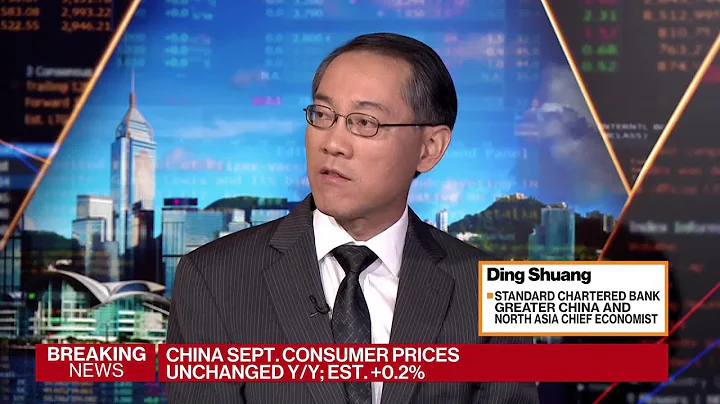At 20:30 Beijing time on Thursday (August 30), the United States announced the annual rate of the core PCE price index in July, which was in line with the market’s previous expectations. The core PCE price index is one of the common indicators used by the Federal Reserve to measure inflation, so the quality of the data often affects changes in the trend of the US dollar.

Specific data showed that the core PCE price index reported an annual rate of 2% in July, which was in line with expectations. The previous value was 1.9%; the core PCE price index reported a monthly rate of 0.2% in July, in line with expectations.
As the U.S. PCE and personal spending were in line with expectations, the U.S. dollar index fluctuated. After a short-term rise, it fell again and is now at 94.63, an intraday increase of 0.10%; spot gold is currently at $1,205.19 per ounce, an intraday decrease of 0.12%.

U.S. consumer spending grew strongly in July, suggesting strong economic growth at the start of the third quarter, while a measure of underlying inflation hit the Federal Reserve's 2% target for the third time this year. The U.S. Department of Commerce announced on Thursday that consumer spending, which accounts for more than two-thirds of U.S. economic activity, increased 0.4% last month, following a 0.4% increase in June.
U.S. households spent more on restaurants and lodging last month, as did spending on prescription drugs. Strong consumer spending helped boost economic growth in the second quarter and should mitigate some of the economic impact of an expected widening trade deficit and a weak housing market in the third quarter.
The dollar has been relatively weak after Powell's "dove announcement" at the Jackson Hole annual meeting last week. Powell's speech highlighted his pragmatism and willingness to adapt to economic changes. Although the annualized quarterly rate of real GDP in the United States for the second quarter announced last night was revised to 4.2%, it has not significantly boosted the strength of the US dollar.
Pressure on the current Trump administration appears to be growing, and government financing may be a near-term obstacle, but his core support appears solid ahead of the midterm elections set to take effect starting in September. USD positions may become vulnerable as markets reassess trade and politics.





















